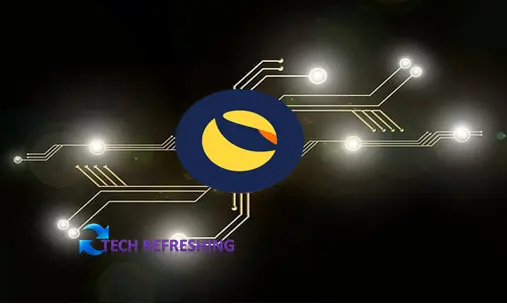Edward Kim, Key Terra Luna Classic Developer, Reveals Plans for Cosmos-Powered Machine Learning App Chain
The Terra Luna Classic community is abuzz with speculation about the direction of the LUNC chain after core developer Edward Kim hinted at introducing artificial intelligence (AI) and machine learning (ML) solutions. Edward Kim, who is known for his key proposals such as the burn tax and his involvement in the Joint Layer 1 Task Force group, has disclosed that he is working on a Cosmos Proof-of-Stake (PoS) machine learning application-specific chain (app chain) that decentralizes the power of AI.
In a Medium post, Edward Kim outlined the plan for the Terra Luna Classic chain, which includes upgrading the chain with the latest cosmos and wasm support as part of the Terra Classic Revival Roadmap. With the help of Cosmos-powered interchain block communication (IBC), users on the LUNC chain will have access to a suite of the latest machine learning advancements.
What is the development plan for Terra Luna Classic in the upcoming 3 to 6 months?
Over the next 3-6 months, Edward Kim, along with the Joint L1 Task Force and groups behind the USTC revival, will work on a development plan that includes building the ML Cosmos App Chain for beta release and funding the L1 team to upgrade Cosmwasm and IBC Interchain Accounts. As part of the development work, Edward Kim will pass TGF operations to Marco and work on gaining consensus from the community on legal representation.
As part of the Terra Classic Revival Roadmap, the Terra Luna Classic chain is set to enhance its utility by upgrading to the latest cosmos and wasm support. The inclusion of Cosmos-powered interchain block communication (IBC) will bring better scalability, security, and customization, thereby improving the ecosystem’s functionality. Additionally, LUNC users will benefit from a range of cutting-edge machine learning advancements, thanks to the compatibility of the chain with Cosmos v45.8 and Tendermint v0.34, which will enable support for dApps and projects on the Terra Classic blockchain.
Impact on the Terra Luna Classic Price
The Terra Luna Classic price is currently trading at $0.0001273, down 2% in the last 24 hours, with the 24-hour low and high at $0.000123 and $0.000129, respectively. The LUNC community eagerly anticipates the introduction of AI and ML solutions and the potential benefits they may bring to the Terra Luna Classic chain.
Conclusion
The Terra Luna Classic community is excited about the prospect of LUNC becoming an AI chain with the introduction of AI and ML solutions by core developer Edward Kim. With the development of a Cosmos-powered machine learning app chain, users on the Terra Luna Classic chain will have access to the latest advancements in AI and ML. The development plan for the next 3-6 months includes building the ML Cosmos App Chain for beta release and upgrading Cosmwasm and IBC Interchain Accounts. As the LUNC community eagerly anticipates the future developments, the potential benefits of these solutions may impact the Terra Luna Classic price.
Disclaimer
The information presented in this Blogpost is solely for educational and informative purposes and should not be misconstrued as investment, financial or legal advice. Cryptocurrencies are a highly unstable and speculative market and their worth is susceptible to substantial fluctuations. Therefore, it is advisable to conduct personal research and seek counsel from qualified experts before making any financial decisions.


